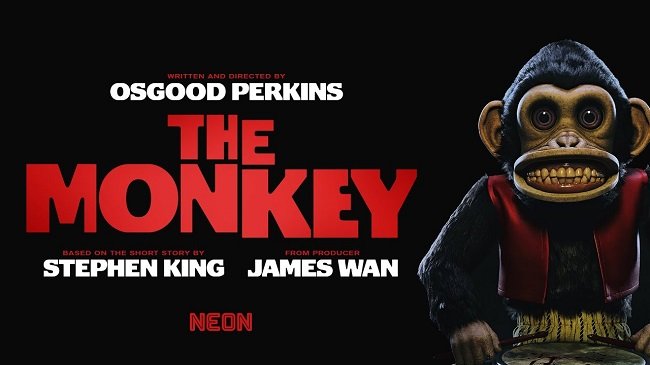The Asphyx (1973)
The Asphyx (AKA The Horror of Death) was released in 1973, just as the as the horror genre was about to be totally redefined by The Exorcist forever. William Friedkin’s magnum opus moved the genre away from its traditional Gothic based, literate and low budget roots and took the horror movie into the realm of the blockbuster. Special effects and shock proved to be more bankable than the old school approach of studios such as Hammer. That's one of the reasons why The Asphyx was a box-office flop. Fondly remembered by a few as a "thinking man's horror film" this cinematic curiosity’s greatest asset is also its Achilles Heel. The movie is perhaps too plot heavy and cerebral, failing to give even the most patient of audiences the shocks that they craved. Since its release this film has been seldom seen on television and has often been poorly treated on home media.
The film’s premise is simple but intriguing. A nineteenth century British philanthropist and amateur psychic researcher embarks on a fateful quest for immortality. Sir Hugo Cunningham (nicely played by Robert Stephens) after experimenting with taking photographs of dying people, discovers the presence of a nebulous spirit of the dead, known in mythology as the Asphyx. It appears at the moment of an individual’s death and is only visible via photographic plate. Sir Hugo becomes obsessed with capturing his own Asphyx and thus ensuring his immortality, so he can pursue a life of science. However, this enterprise does not progress as Sir Hugo expects and there are consequences both for himself and his family.
With its verbose, literate script, well defined characters and fascinating themes, The Asphyx is the epitome of the low budget style and creativity that became passé in the early to mid- seventies. The chills are subtle but effective under the direction of Peter Newbrook and the widescreen cinematography by Freddie Young adds polish as well as elegance to the proceedings. Filled with fa oreboding atmosphere and an accurate period production design, this is an intelligently conceived horror film that relies more on story than shocks. There is little violence and the only visual effects are those of the screaming Asphyx as Sir Hugo attempts to capture it. These are simplistic and brief.
The plot and themes of this film reflect the thinking of many psychic researchers of this period. Vaguely similar ideas were explored in the film Flatliners, however, one cannot compare the two in any other fashion. The Asphyx has a creative plot that avoids some of the usual cinematic and genre clichés. The drama between the central characters is well conceived and holds the audience's attention. The final codicil is haunting, memorable and somewhat sad. Overall The Asphyx is a minor horror classic that deserves far wider recognition. I therefore wholeheartedly recommended it to more discerning viewers that prefer plot driven narratives over cheap scares.




























